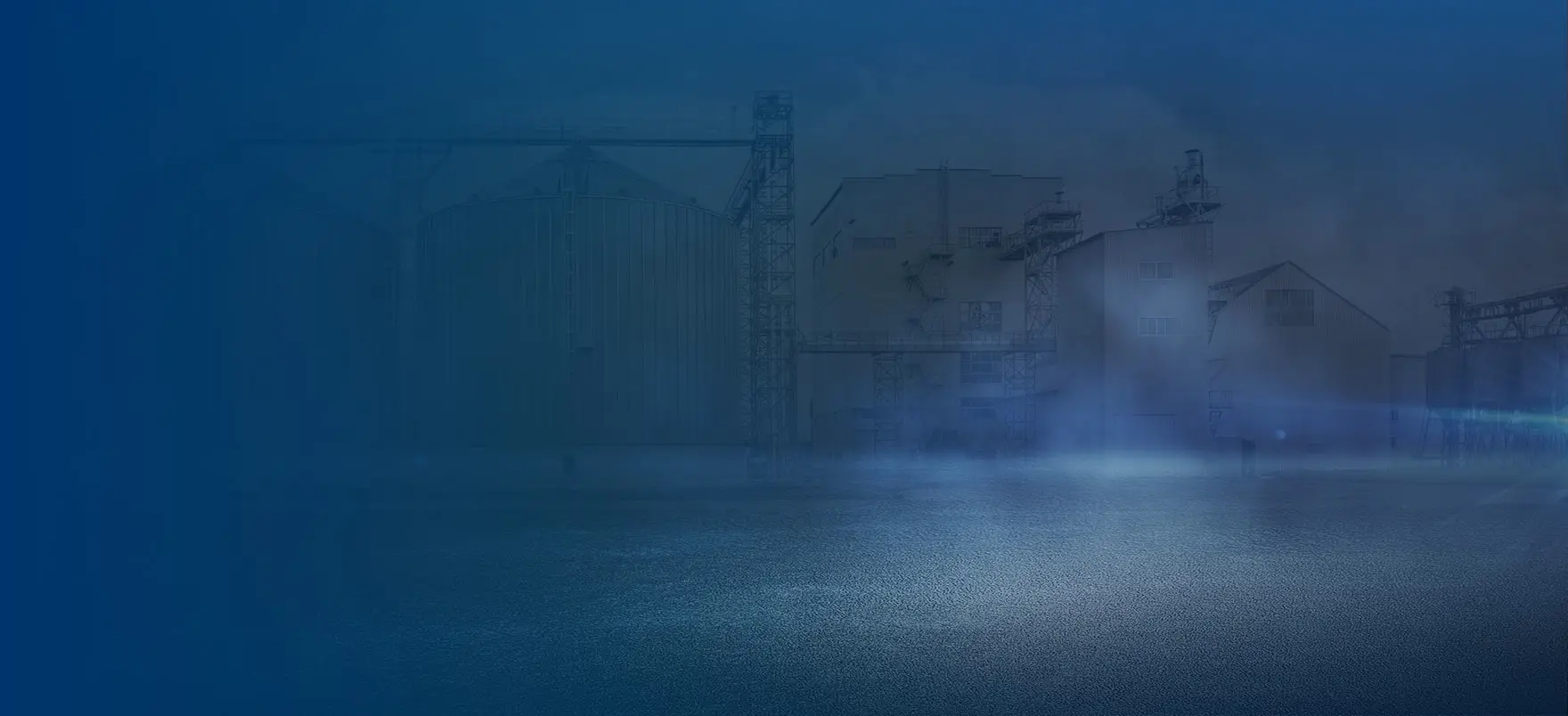
Optimized feed inlets, well-planned conditioners, efficient pelletizing chambers and stable Siemens motors, together with the RICHI Machinery's high-specification body just built, are enough to make it the heart of sinking fish feed pellet production.
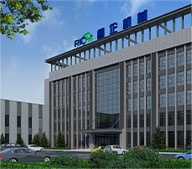
Brand
RICHI
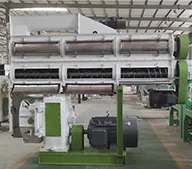
Model
SZLH Series
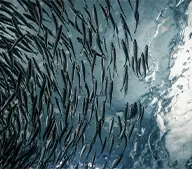
Application
Fish
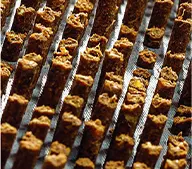
Finished
Pellets
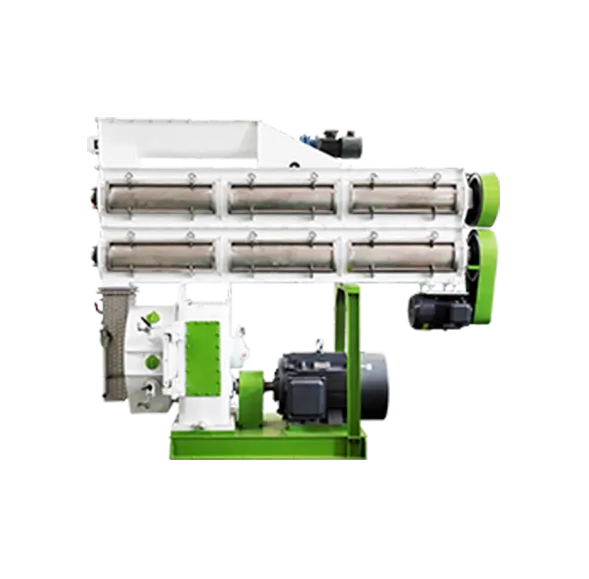
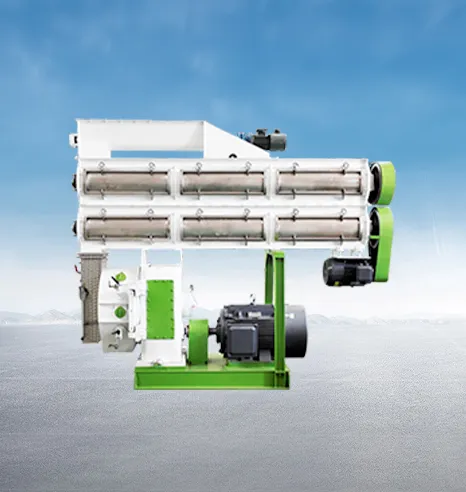
| Model | SZLH250 | SZLH320 | SZLH350 | SZLH420 | SZLH508 | SZLH558 | SZLH678 | SZLH768 |
|---|---|---|---|---|---|---|---|---|
| Main Motor Power(Kw) | 22 | 37 | 55 | 110 | 160 | 185 | 250 | 315 |
| Feeder Power(kw) | 1.1 | 1.5 | 1.5 | 1.5 | 1.5 | 1.5 | 1.5 | 2.2 |
| Conditioner Power(kw) | 1.5 | 4 | 4 | 7.5 | 7.5 | 11 | 11 | 11 |
| Ring Die Inner Diameter (mm) | 250 | 320 | 350 | 420 | 508 | 558 | 673 | 762 |
| Finished Pellets Diameter (mm) | 2~12 | 2~12 | 2~12 | 2~12 | 2~12 | 2~12 | 2~12 | 2~12 |
| Production Output (TPH) | 1.0-1.5 | 3-4 | 5-6 | 10-12 | 15-16 | 20-22 | 30-33 | 38-40 |
Technological innovation is essentially all about customer service. To make you feel the convenience of RICHI's products, technologies and solutions in the process of animal feed production.
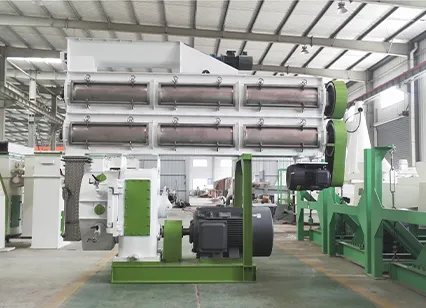
Feeding and conditioning systems
The optimized conditioning system with inverter feeding system improves the safety, nutritional value and maturation of the raw material to a great extent. This improves the overall quality of the feed from the source and ensures healthy feeding.

Drive system
High-end Siemens industrial grade drive motor drives the drive shaft of RICHI animal feed pellet mill, which is more stable and durable than traditional belt drive. In the long run, this not only improves efficiency but also saves maintenance costs.
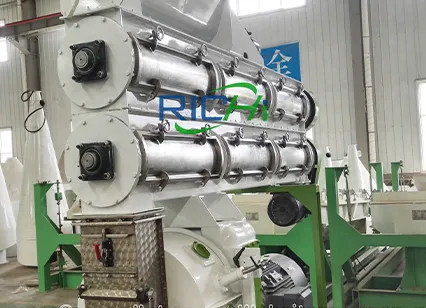
Structure and material
The body of the machine is made of high quality and high specification alloy steel, which is sturdy and durable, reduces resonance and runs stably. The parts that come into contact with the raw material are made of high grade stainless steel, which does not affect the raw material in any way and greatly improves corrosion resistance.
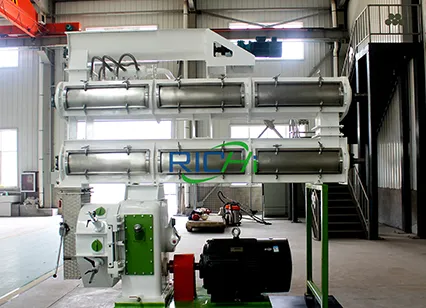
Control and Safety
Each feed pellet mill is equipped with an independent electric control system and safety stop function. It can not only avoid losses caused by perceived errors, but also effectively protect the pellet mill and subsequent production equipment.
Discover our streamlined buying process that makes it simple and efficient for you to get a complete animal feed pellet production plant. Every step of the way is customized for your convenience, from the initial schematic design and precise manufacturing process to secure payment options and on-site installation and commissioning. At the same time, our dedicated spare parts service ensures ongoing support and optimal machine performance, giving you peace of mind for years to come.


Solution Formulation
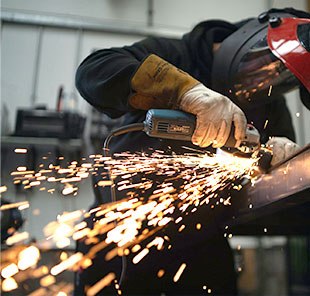
Equipment Manufacture

Secure Payment
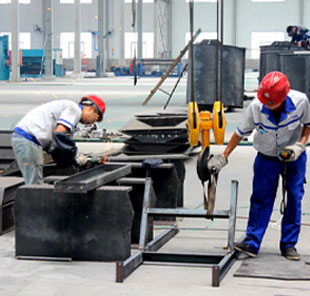
Spare Parts Service
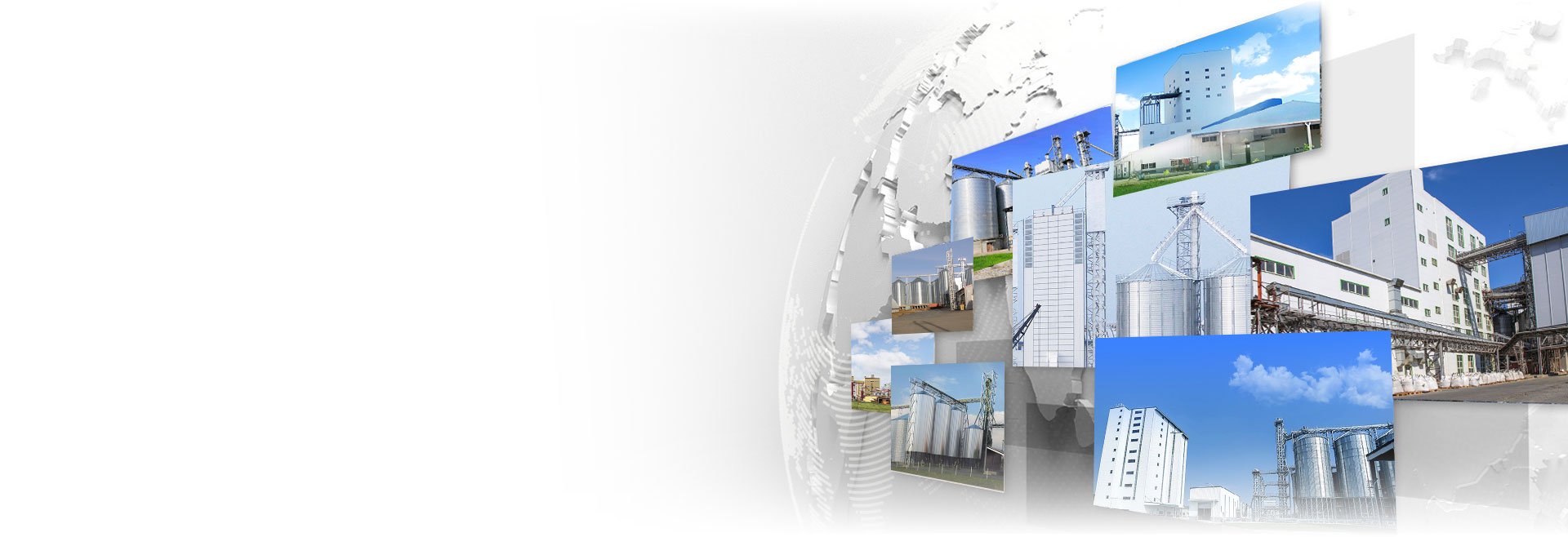
HENAN RICHI MACHINERY CO.,LTD
Henan Richi Machinery Co., Ltd was founded in 1995. After nearly thirty years of development and expansion, RICHI Machinery has grown into a modern enterprise covering an area of 60,000 square meters and integrating independent research and development, production and sales.
The products involve feed pellet machinery and engineering, biomass pellet machinery and engineering, organic fertilizer machinery and engineering, conveying equipment and engineering, steel structure engineering, silo, automation control technology and engineering, etc., and each product series has passed ISO 9001 international quality management system certification and CE certification!
Get Quote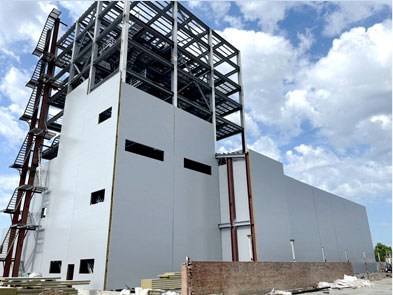

This state-of-the-art equipment supports a wide range of feed formulations for poultry and livestock, improving feed quality and reducing production costs. And its scalable design accommodates future expansion.
Learn More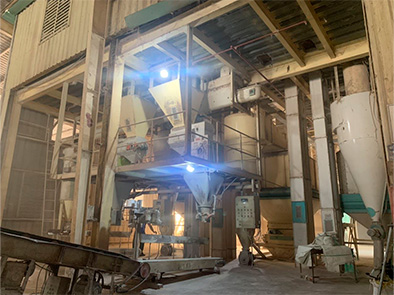

The system is fully automated and requires minimal labor. Customized pellet production solutions can be switched at the touch of a button in the control room for pelletizing a wide range of raw materials.
Learn More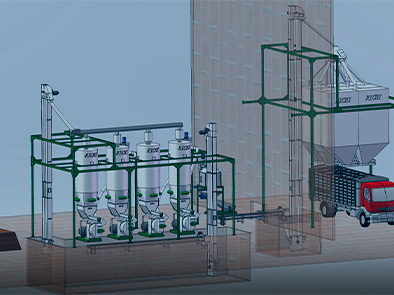

Hardwood residues are processed into durable, high-energy biomass pellets. Designed for industrial production, the system utilizes advanced drying and pelletizing technologies to ensure efficiency and quality.
Learn More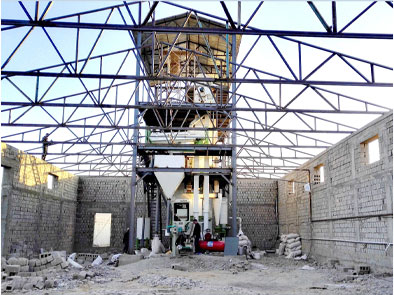

This project is capable of producing fish and shrimp feeds, equipped with precise extrusion technology for superior feed quality. The customer emphasizes its reliability and ease of operation as the main advantages.
Learn More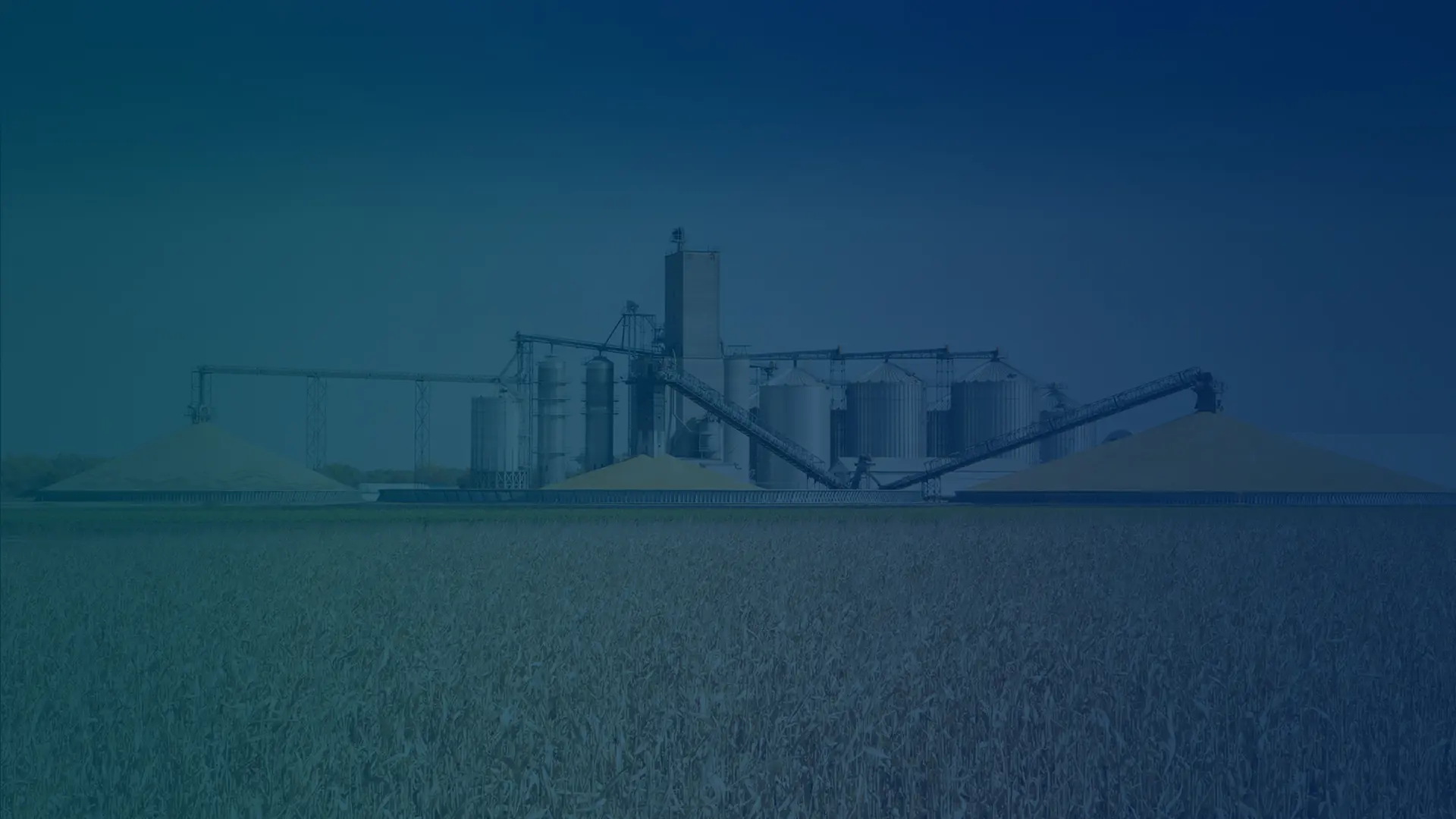
What kind of animal feed plant do you want to establish?
How many tons per hour about this plant you want to build?
Where is this animal feed plant going to be built?
When do you plan to start the operation?
Yes, you can adjust the feed formulation for different fish species by varying the ingredients and nutrient composition according to the specific dietary requirements of each species. Sinking fish feed pellet machines allow you to add or modify protein sources, fats, vitamins, and minerals to meet the unique nutritional needs of each type of fish, optimizing their growth, health, and feed efficiency.
Pellet durability is influenced by several key factors:
Each of these factors plays a role in producing strong, water-stable pellets that maintain their structure during transport and feeding.
Yes, it is possible to make both sinking and slow-sinking pellets with certain pellet machines. By adjusting key parameters like moisture, temperature, pressure, and ingredient composition, you can influence the pellet density and buoyancy. Lowering the temperature and pressure or incorporating ingredients that add slight buoyancy can help create slow-sinking pellets, ideal for mid-water feeding fish. However, this capability may vary depending on the machine model and its settings.
The sinking fish feed pellet machine typically handles oily ingredients like fish oil by incorporating them in a post-extrusion process. Instead of mixing them directly in the raw material (which can cause clogging or uneven extrusion), fish oil and other oils are often sprayed onto the pellets after they are formed. Some machines are equipped with a secondary mixing chamber or oil-spraying system, which applies a uniform layer of oil onto the surface of the pellets, ensuring even distribution without interfering with the extrusion process. This approach also helps maintain pellet integrity and improves nutritional consistency.
Common challenges in using a sinking fish feed pellet machine include:
Addressing these challenges with regular maintenance, proper training, and attention to operational details can enhance the machine's performance and pellet quality.
Yes, many sinking fish feed pellet machines come with interchangeable dies, allowing you to produce pellets in various shapes and sizes. However, cylindrical shapes are most common for fish feed, as they are efficient for fish consumption and easy to produce. By changing the die, you can also adjust the texture and density to suit different feeding behaviors and preferences of various fish species.
After use, a sinking fish feed pellet machine is typically cooled through a combination of airflow and water or oil cooling systems. Many machines are equipped with fans or forced-air cooling units to bring down the temperature of both the machine components and the freshly extruded pellets, which helps prevent overheating, cracking, or spoilage. For larger industrial models, advanced cooling systems, like water or oil circulatory coolers, are often used to maintain a consistent operating temperature and extend the machine's lifespan by reducing wear on heat-sensitive parts.
Yes, a sinking fish feed pellet machine can produce pellets for other animals, such as poultry, livestock, and even pets, by adjusting the ingredient formulation and sometimes modifying the die for the desired pellet size and shape. This versatility makes it useful for multi-purpose feed production in farms or mixed-feed operations.
When operating a sinking fish feed pellet machine, it’s essential to follow these safety measures:
Following these safety practices ensures a safer operating environment and extends the machine's life by preventing avoidable damage.
Sinking fish feed pellet machines offer several environmental benefits:
These factors make sinking fish feed pellet machines an eco-friendly choice for sustainable aquaculture practices.
If you need further information, please contact us

For all inquiries fill in the form below to send us a brief message,and we will get back to you as soon as possible

RICHI stick to the service principle is: We are focusing on your future, your future is our future!
© HENAN RICHI MACHINERY CO., LTD 1995-2025
Product Line-Up / Privacy Policy